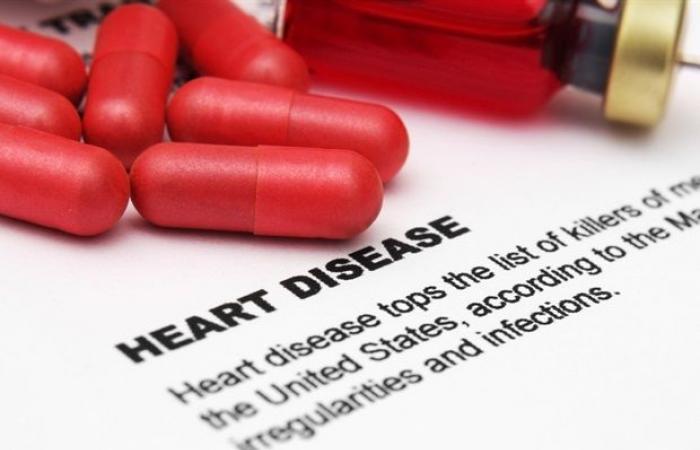New research by a University of Georgia scientist shows abused girls have higher levels of inflammation at a young age than abused boys or children who have not experienced abuse. This finding can predict chronic psychological and physical health problems in midlife.
Under the direction of the psychologist Katherine Ehrlich, the study examines for the first time the connection between abuse and highly inflammatory diseases in childhood.
Inflammation plays a role in many chronic aging diseases – diabetes, cardiovascular disease, stroke, obesity – as well as mental health problems. The results suggest that the link between abuse and inflammation does not dwell before adulthood. Instead, the study shows that traumatic experiences have a much more immediate impact.
We and others have speculated that the immune system, especially in childhood, is being calibrated, which could put people on a long-term path to accelerated health problems. What impresses me is how early in development we can see these effects. What our study highlights is that even in childhood, we can see that a significant proportion of children have levels of inflammation that the American Heart Association believes pose a “moderate risk” of heart disease. This affects public health and suggests that these children may be at risk of significant health problems at an earlier age than their non-abused peers. ”
Katherine Ehrlich, Assistenzprofessorin am Franklin College of Arts and Sciences
The study enrolled 155 low-income children aged 8 to 12 who attended a one-week day camp. The sample was racially diverse and included abused and non-abused children.
Researchers gathered detailed information on child abuse exposure using Department of Human Services records of experiences of abuse in families. Experiences documented by children included neglect (55%), emotional abuse (67%), physical abuse (35%), and sexual abuse (8%). Many children experienced more than one type of abuse, and 35% of children experienced abuse over multiple developmental periods.
The team measured five inflammatory disease biomarkers using non-fasting blood samples from the children.
The results showed that childhood abuse – in girls – was associated with higher levels of inflammatory diseases in late childhood. Girls who had been abused for multiple periods of time or had multiple types of exposure had the highest rates of inflammation. The greatest risk of increased inflammation in girls occurred when they were abused early in life before the age of 5.
In boys in the study, exposure to abuse was not reflected in higher levels of inflammation, but Ehrlich cautioned against drawing conclusions without doing additional research on boys.
“One question is, are these variances due to timing differences in development?” She said. “We know that girls mature faster than boys in terms of their biological and physical development. If we tested the same boys two years later, would we find the same patterns of inflammation that we found in the girls? ”
Journal reference:
Ehrlich, KB, et al. (2020) Childhood Abuse and Mild Inflammation: Considerations on Type of Exposure, Timing, and Gender Differences. Developmental Psychobiology. doi.org/10.1002/dev.22031.
These were the details of the news Abuse at a young age affects girls more than boys for this day. We hope that we have succeeded by giving you the full details and information. To follow all our news, you can subscribe to the alerts system or to one of our different systems to provide you with all that is new.
It is also worth noting that the original news has been published and is available at de24.news and the editorial team at AlKhaleej Today has confirmed it and it has been modified, and it may have been completely transferred or quoted from it and you can read and follow this news from its main source.

